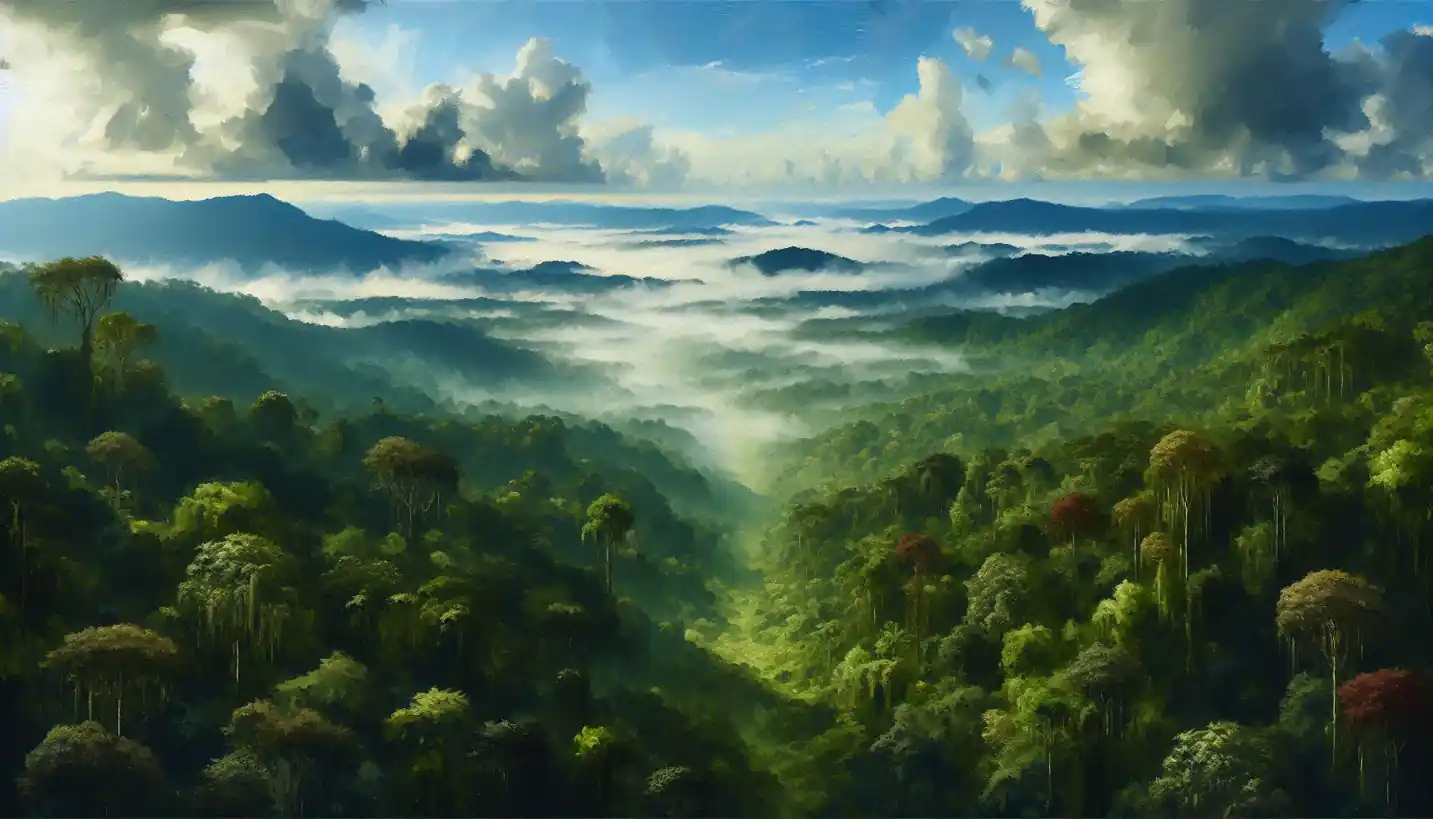· Earth Science · 4 min read
Mantle Plumes: A Deep Dive Into Earth's Fiery Underbelly
Witness the fiery underbelly of Earth as mantle plumes reveal secrets from deep within our planet’s crust.

Picture this: the planet beneath our feet is not a static, unchanging mass but a dynamic and ever-shifting landscape. Deep below the Earth’s surface, in the fiery depths of its mantle, mysterious upwellings known as mantle plumes hold the secret to many geological wonders. In this journey, we’ll explore what these plumes are, how they shape our world, and why they matter.
What are Mantle Plumes?
Mantle plumes are essentially columns of hot, solid material that rise from deep within the Earth’s mantle to the surface. Think of them like giant lava lamps, where blobs of heated fluid rise and fall. Unlike the more familiar tectonic plates, these plumes are not confined to boundaries. Instead, they can pop up anywhere and play a significant role in volcanic activity and even continental drift.
How Do Mantle Plumes Form?
To understand their formation, imagine the mantle as a thick soup slowly being heated. In some spots, the heat causes material to become less dense and rise. As this material reaches the upper layers of the Earth, it melts and causes volcanic activity. The Hawaiian Islands are a perfect example, created by a mantle plume that formed a chain of volcanoes.
Mantle Plumes and Volcanoes
Mantle plumes are known for creating hotspots, areas of volcanic activity not directly associated with tectonic plate boundaries. This is fascinating because it shows how Earth’s interior can punch through the crust, creating stunning features, from islands to massive calderas. Besides Hawaii, places like Yellowstone and Iceland owe their volcanic activity to these deep-earth chimneys.
Historical Perspective
The concept of mantle plumes was first proposed in the early 1970s by geophysicist W. Jason Morgan. He theorized that these deep-seated plumes could explain volcanic activity that didn’t fit the tectonic plate model. Over the years, various studies and advanced technologies have added layers to our understanding, using seismic images to peek into the Earth’s interior.
The Role in Earth’s Evolution
Mantle plumes don’t just make volcanoes; they have likely played a part in shaping continents and even life itself. By causing supervolcano eruptions or large scales of volcanic activity, they might have influenced climate patterns and mass extinctions. The Deccan Traps in India, a massive volcanic province, are one such feature linked to the extinction event that wiped out the dinosaurs.
Studying Mantle Plumes
Geologists use a variety of tools to study mantle plumes. Seismic tomography, much like a CT scan of the Earth, allows scientists to image the underground structures and understand plume dynamics. Computer models also simulate how plumes form and move, providing insights into their behavior and influence.
The Debate: Do All Mantle Plumes Exist?
The existence and significance of all mantle plumes are subjects of ongoing debate. Some scientists propose that not all volcanic hotspots are caused by plumes and that other mantle processes might be at play. This area remains an exciting field for further research, with each discovery fueling the fire of curiosity even more.
Looking to the Future
Mantle plumes are more than geological curiosities. Understanding them better could have practical implications, from predicting volcanic eruptions to understanding Earth’s thermal history. As technology advances and methods improve, the mysteries of these deep-earth giants will undoubtedly unfold further.
Why Should We Care?
Understanding mantle plumes gives us a glimpse into the Earth’s innards, helping us to comprehend the planet’s past and predict its future. They tell us about the processes that shape our world, influencing climate, geography, and life itself.
Conclusion
Mantle plumes are like Earth’s secret agents, quietly shaping the landscape beneath our feet. They are a testament to the dynamic nature of our planet and serve as a reminder of the hidden forces that have sculpted the Earth over millions of years. As we continue to explore and unlock their secrets, these plumes may reveal even more about the incredible complexity of the world we call home.


